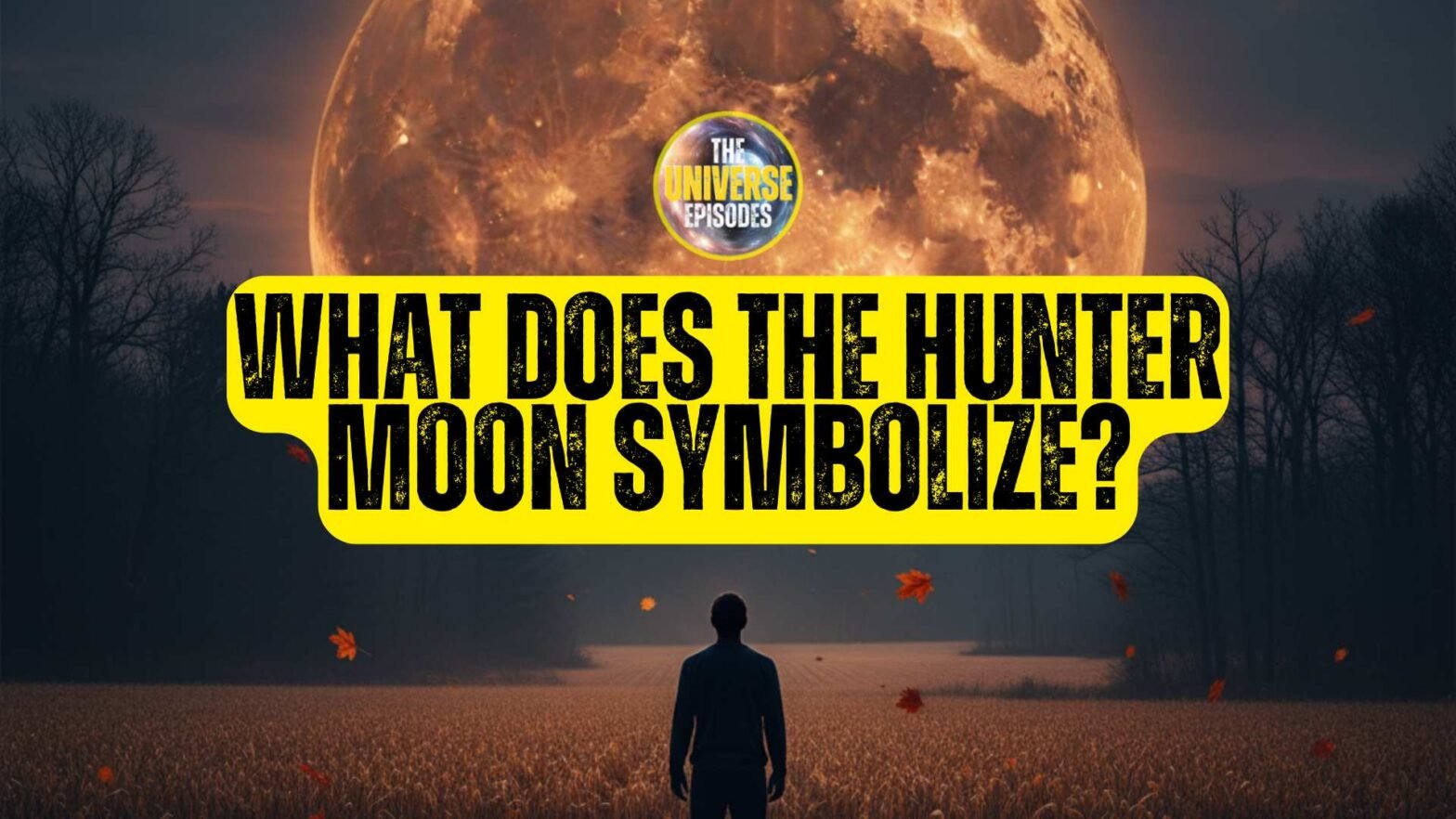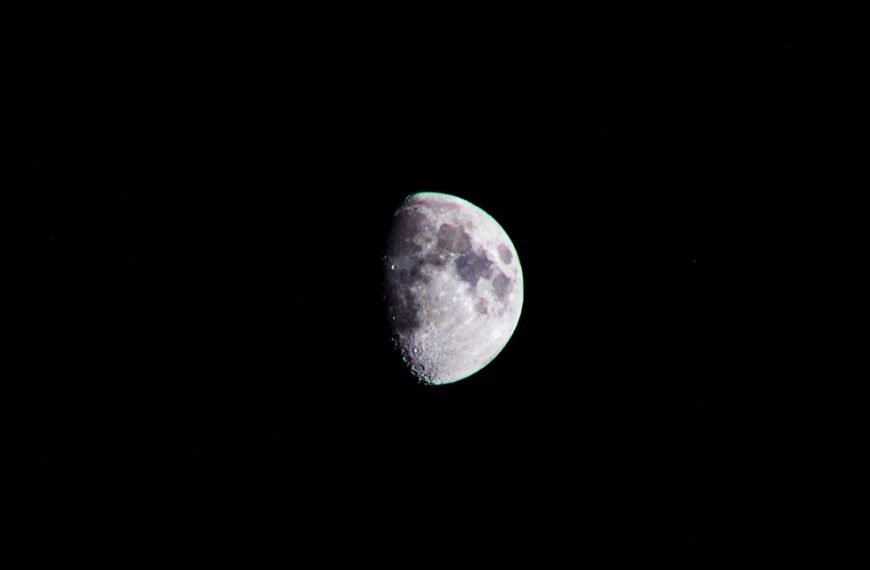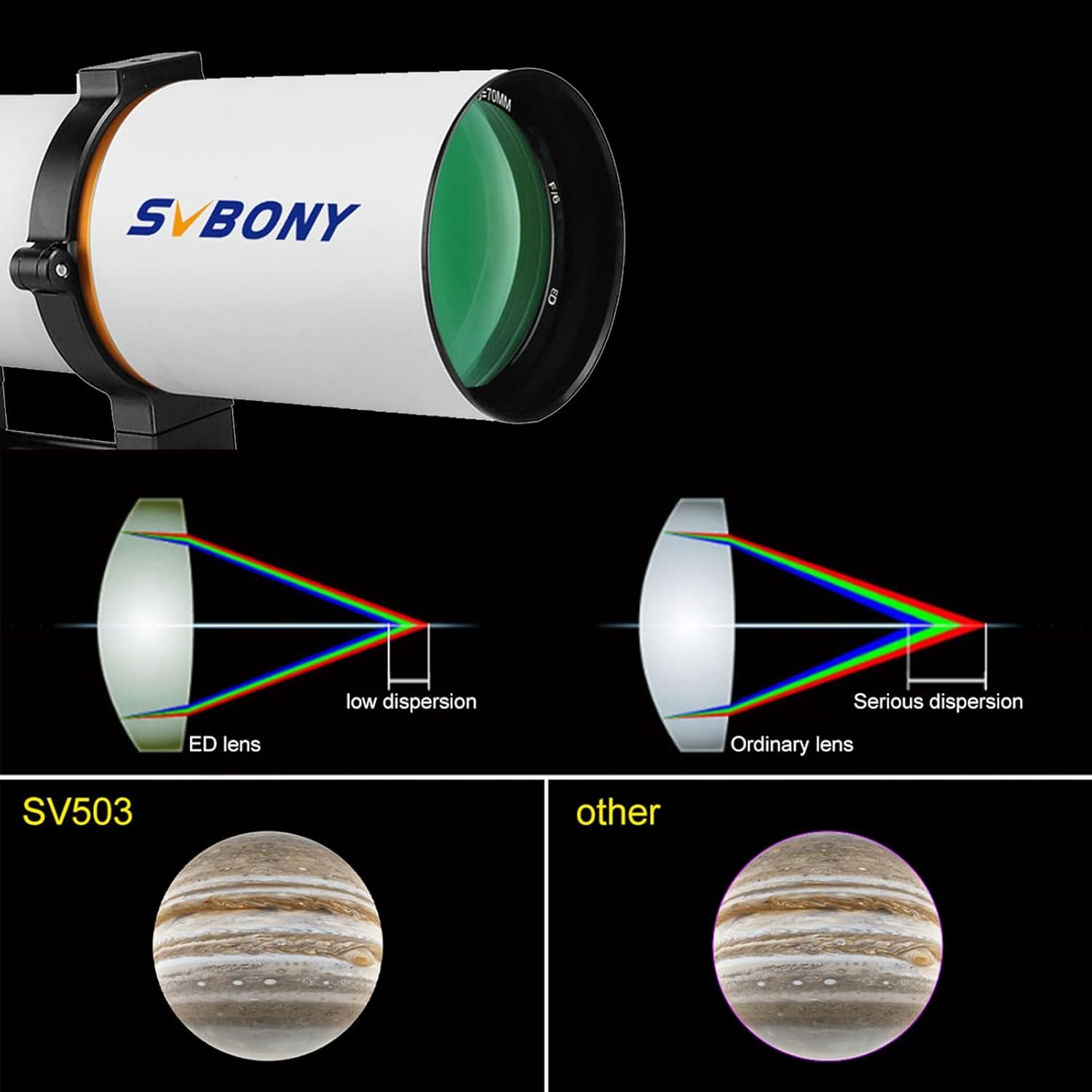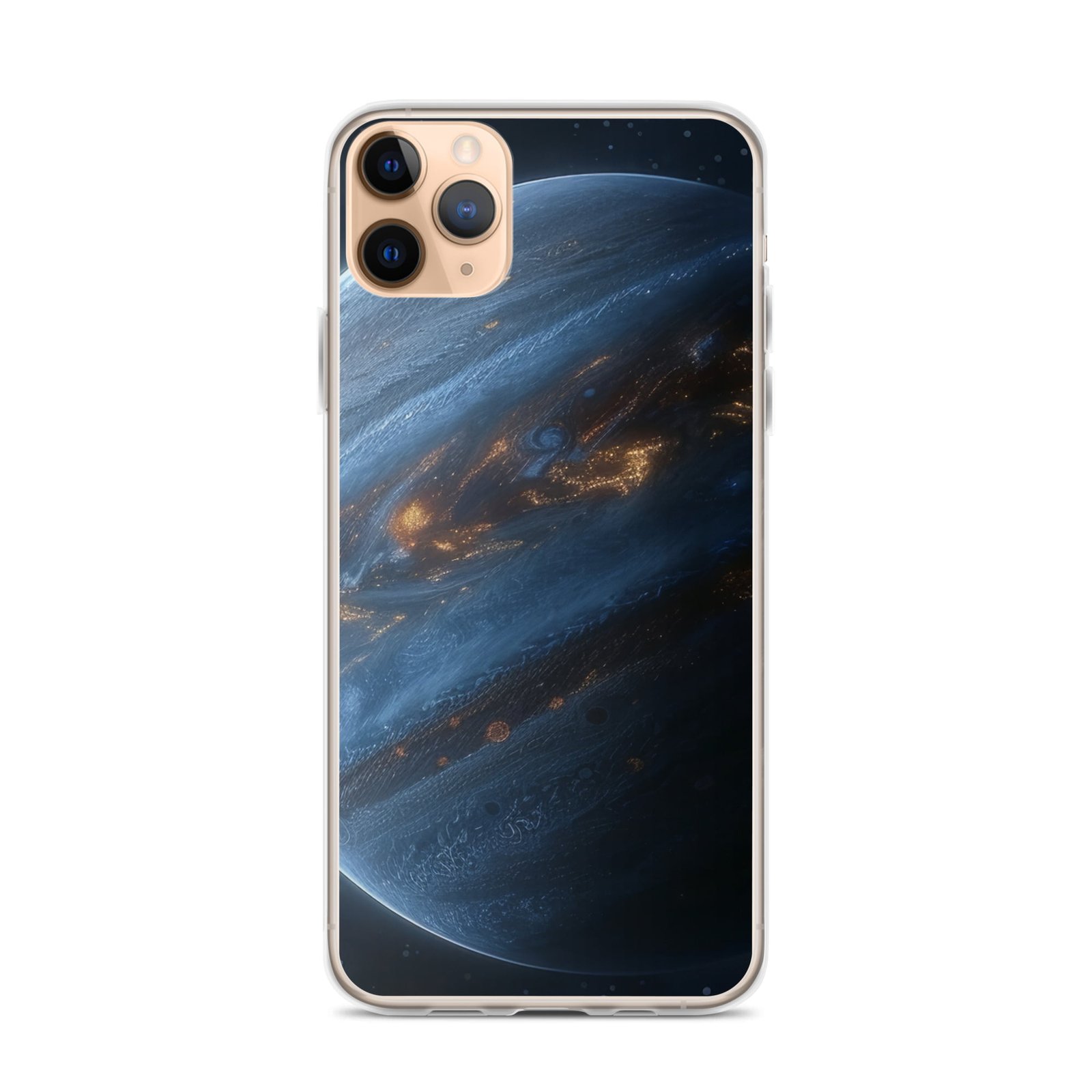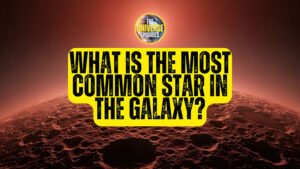Discover what astronauts see when they look at the stars. Learn about the non-twinkling stars, the stunning Milky Way, and the life-changing “Overview Effect.”
Listen:
Key Takeaways
- Stars Don’t Twinkle: In the vacuum of space, stars are steady, unwavering points of light. The twinkling effect is caused entirely by Earth’s turbulent atmosphere.
- A Sky Full of Stars: Astronauts see a sky “awash with stars,” far more numerous than visible from Earth, making it hard to even spot familiar constellations.
- An Unfiltered View: Stars appear brighter, sharper, and their true colors are more distinct. However, due to human vision limitations, most still appear as brilliant white points.
- The Milky Way is a Circle: From orbit, the Milky Way is a complete, 360-degree river of light, with its dark dust lanes creating a stunning 3D-like texture.
- The “Overview Effect”: Viewing Earth from space triggers a profound cognitive shift in astronauts, fostering a deep sense of global unity and the planet’s fragility.
- Stargazing is Challenging: Despite the clear view, stargazing on the ISS is difficult due to the intense glare from the Sun and Earth, short 45-minute nights, and issues with dark adaptation.
Have you ever looked up at the night sky and felt a sense of wonder? The gentle twinkle of distant stars has captivated humanity for millennia. But what if that twinkle is just an illusion?
For the handful of humans who have left our planet, the view is profoundly different. What astronauts see when they look at the stars is a sight far more spectacular and surreal than we can imagine from the ground. It’s a view free from distortion, haze, and light pollution.
This isn’t just about a clearer picture. The experience of seeing the cosmos unfiltered changes you. It alters your perception of the stars, our planet, and even humanity itself.
In this guide, we’ll explore exactly what astronauts see. We will dive into the science behind the view, share firsthand accounts from space travelers, and uncover the powerful psychological shift known as the Overview Effect.
Why Do Stars Look Different for Astronauts vs. Us on Earth?
The fundamental difference in what astronauts see comes down to one thing: Earth’s atmosphere. Our atmosphere is a protective blanket, but it’s also a turbulent and distorting lens.
Think of it like looking at a coin at the bottom of a swimming pool. The water ripples and bends the light, making the coin’s image shimmer and dance. Earth’s atmosphere does the same thing to starlight.
From the International Space Station (ISS), which orbits in the vacuum of space, this distorting layer is gone. The view is pristine. The light from distant stars and galaxies travels hundreds, millions, or billions of years, only to arrive at an astronaut’s eyes completely undisturbed.
This creates a cosmic panorama of perfect clarity and stillness that we can never experience on the ground.
Do Stars Twinkle in Space? The Science of What Astronauts See
This is one of the most common questions, and the answer is a definitive no. In space, stars do not twinkle. They shine with a steady, unwavering light.
The twinkling we see from Earth is a phenomenon called atmospheric scintillation. As a star’s single point of light enters our atmosphere, it passes through countless pockets of air with varying temperatures and densities. These pockets act like tiny, shifting lenses, bending the light’s path again and again.
This constant, rapid refraction causes the star’s apparent brightness and position to fluctuate. Our eyes perceive this chaotic dance as twinkling. In the vacuum of space, there is no air, no turbulence, and therefore, no scintillation.
What astronauts see are perfect, diamond-like points of light, fixed against a velvet black backdrop. This profound stillness is one of the most striking aspects of the view from orbit.
The Pinpoint Problem: Why Stars Twinkle but Planets Don’t
You might have noticed that planets like Jupiter or Venus don’t seem to twinkle as much as stars. This is because of their relative proximity to Earth.
Stars are so incredibly far away that they appear as single, concentrated points of light, even through powerful telescopes. This tiny pinpoint of light is easily disturbed by atmospheric turbulence.
Planets, being much closer, appear as tiny disks. While the light from each part of the disk is also refracted by the atmosphere, the distortions average out across the entire surface. This results in a much more stable and steady-looking object.
How Many Stars Can Astronauts See Compared to Us?
The number of stars visible from space is simply staggering. It completely dwarfs what we can see from Earth, even from the darkest locations.
On a perfect night on Earth, far from any light pollution, you might see around 2,500 stars with the naked eye. From a typical suburban backyard, that number drops to a few hundred. From a major city, you’d be lucky to see a few dozen.
What astronauts see is a sky “literally littered with stars.” Apollo 15 astronaut Al Worden, while orbiting the Moon, was shielded from the glare of both the Sun and Earth. He described the view as a “sheet of white,” where the sky was so “awash with stars” that it was difficult to even pick out the familiar constellations.
This sheer density of stars is a result of seeing the cosmos without any atmospheric haze or light pollution to dim the fainter, more distant suns.
Why Are There No Stars in So Many Space Photos?
This is a classic “gotcha” question often posed by conspiracy theorists, but the answer lies in basic photography. The reason many photos from space don’t show stars is because of camera settings.
Think about taking a picture of a friend at night with a brightly lit building in the background. You have to choose what to expose for. If you expose for your friend’s face, the bright building will be properly lit, but the faint stars in the sky will be too dim for the camera to capture.
This is exactly the challenge for astronauts. Their primary subjects—the sunlit Earth, the Moon, or a fellow astronaut in a bright white spacesuit—are incredibly bright. To avoid a completely washed-out, overexposed image, the camera’s shutter speed must be fast and its aperture set to let in less light.
These settings are simply not sensitive enough to capture the faint light of distant stars in the same shot. To photograph the stars, astronauts would need to use a long exposure, which would completely blow out any bright objects in the frame.
What Colors Do Astronauts See in the Stars?
Without the atmosphere to scatter and dim light, one might expect a vibrant, colorful starfield. The reality of what astronauts see is a bit more complex and is tied to the biology of the human eye.
A star’s color is a direct indicator of its temperature. Hotter stars are blue or white, while cooler stars are orange or red. From space, this unfiltered view means the true colors are more distinct. Our own Sun, which appears yellowish on Earth, is seen as a brilliant, pure white star from space.
However, most astronauts report that the overwhelming majority of stars still appear as points of brilliant white. This is because our eyes have two types of photoreceptor cells: rods and cones. Cones detect color but require a lot of light. Rods are far more sensitive in low light but don’t see color well.
The light from most stars is too faint to activate our cone cells. So, we rely on our rod cells, which perceive them as white. Only the very brightest stars, like the reddish supergiant Betelgeuse or the bluish-hot Rigel, are bright enough for astronauts to discern their true colors with the naked eye.
What Does the Milky Way Look Like to Astronauts?
The view of our own galaxy is perhaps the most breathtaking sight of all. To astronauts on the International Space Station (ISS), the Milky Way is a “radiant and complex river of light.”
From Earth, we only see a portion of the Milky Way arching across the sky. From the low Earth orbit (LEO) of the ISS, astronauts can see it as a complete, 360-degree circle of light encompassing the entire spacecraft.
The concentration of stars toward the galactic core in the direction of Sagittarius is a noticeably dense and brilliant patch of light. The dark dust lanes, like the Great Rift, which look like faint smudges from Earth, are far more pronounced. They stand out in stark contrast, creating a dramatic, three-dimensional texture against the luminous band of stars.
Astronaut Scott Kelly famously described the view from his year in space: “The Milky Way, from up here, is old, dusty, gassy, and warped. But beautiful.”
Beyond Our Galaxy: What Other Deep-Sky Objects Can Astronauts See?
The pristine viewing conditions also allow for naked-eye visibility of objects that are difficult or impossible to see from the ground.
- Galaxies: The Andromeda Galaxy (M31), our closest major galactic neighbor, is not just a faint fuzzy patch. It’s a distinct, spindle-shaped glow. The Large and Small Magellanic Clouds, two dwarf galaxies orbiting the Milky Way, are a spectacular sight from the Southern Hemisphere, appearing as two large, detached clouds of light.
- Nebulae: While the stunning, colorful images of nebulae are products of long-exposure astrophotography, the brightest ones are visible to the naked eye. The Orion Nebula (M42) and the Carina Nebula can be seen as small, glowing grayish-white patches.
What Is the “Overview Effect” That Astronauts Experience?
Perhaps the most profound part of what astronauts see has nothing to do with stars, but with looking back at Earth. The “Overview Effect” is a term for the deep cognitive shift in awareness reported by many astronauts and cosmonauts during spaceflight.
It is a state of awe triggered by seeing the reality of Earth in space. It’s not just a visual, but a deep, emotional, and often spiritual transformation.
A “Fragile Ball of Life”: A New Perspective on Earth
From space, Earth is seen for what it is: a “tiny, fragile ball of life” hanging in the void. Astronauts describe being struck by the paper-thin, delicate nature of the atmosphere that protects us all. This perspective fosters a powerful sense of the planet’s vulnerability and an urgent desire to protect it.
- Wally Schirra (Apollo 7): “I left Earth three times and found no other place to go. Please take care of Spaceship Earth.”
- Mike Massimino (Space Shuttle): “I started to tear up a little bit just from the beauty of our planet. It is the most beautiful thing I’ve ever seen.”
The End of Borders: What Astronauts See About Humanity
From the vantage point of orbit, all the political and national boundaries that define our lives on the surface completely vanish. This visual obliteration of man-made divisions fosters a powerful sense of global unity and a recognition of our shared destiny as an interconnected system.
- Ron Garan (ISS): “From space, I saw Earth not as a collection of nations, but as a single entity with one destiny.”
- Mae Jemison (Space Shuttle): “When you look at the Earth from space, you realize that our planet is a beautiful, interconnected system. We are all in this together.”
This “instant global consciousness,” as it has been called, often leads astronauts to become more humanistic and altruistic, focusing on what unites us rather than what divides us.
A Firsthand Account: Compiling What Astronauts See
As the author behind “The Universe Episodes,” I’ve spent years poring over mission logs, watching documentaries, and reading the biographies of astronauts. While I haven’t been to space myself, compiling these experiences has felt like a journey. The consistency in the accounts is what’s most striking. From the first Apollo crews to today’s ISS residents, the message is the same: the view changes you.
I remember reading Edgar Mitchell’s description of his “explosion of awareness” on Apollo 14. He didn’t just see the stars; he felt a sense of connection, an “overwhelming sense of oneness.” It’s this recurring theme of connection—to the cosmos, to our planet, and to each other—that I find so powerful. It reinforces that space exploration isn’t just about scientific discovery; it’s about discovering ourselves.
This blog is my attempt to share that perspective. By gathering these firsthand observations, I hope to bring a small piece of that cosmic viewpoint back down to Earth for all of us to share.
What Are the Real Challenges to Stargazing in Space?
Despite having the best view in the solar system, dedicated stargazing from the ISS is surprisingly difficult. There are several practical challenges that get in the way of what astronauts see.
- Light Overload: The Sun is the biggest obstacle. Its unfiltered glare is so intense that it completely washes out the stars. The sunlight reflected off the Earth and even the station’s own solar panels is also incredibly bright.
- The Rapid Orbital Cycle: The ISS circles the Earth every 90 minutes, meaning the crew experiences 16 sunrises and sunsets each day. This leaves only short, 45-minute periods of night.
- Insufficient Dark Adaptation: This brief night is not long enough for the human eye to achieve full dark adaptation, a process that can take 30 minutes or more. Just as an astronaut’s eyes begin to adjust, they are blasted with the light of another brilliant orbital sunrise.
- Cosmic Rays: Astronauts often report seeing strange flashes of light, even with their eyes closed. These are not stars but high-energy cosmic rays zipping through their eyeballs or interacting with their visual cortex.
A Final Look at Our Place in the Cosmos
What astronauts see when they look at the stars is a universe of perfect stillness, incredible density, and unfiltered light. They see our galaxy as a majestic, complete circle and our planet as a fragile, borderless home.
But more than that, they see a new perspective. They gain a profound understanding of our place in the universe and the importance of protecting our “pale blue dot.
While we may never all get to experience this view firsthand, the stories and observations of these explorers give us a glimpse of the cosmos—and ourselves—through their eyes.
Frequently Asked Questions (FAQ)
Can you see constellations from space?
Yes, but it’s surprisingly difficult. Astronauts report that so many more stars are visible from space that the familiar patterns of constellations get lost in a dense “sheet of white,” making them harder to pick out than on Earth.
Do stars look bigger from space?
No, stars do not look bigger from space. They are so far away that they still appear as points of light, just like on Earth. However, they do appear much brighter and sharper due to the absence of a distorting atmosphere.
What does a sunrise look like from space?
An orbital sunrise is a spectacular and rapid event. Astronauts see the Sun emerge from behind the Earth’s curved horizon, creating a brilliant burst of light that quickly fills the cabin. They experience this dazzling sight 16 times a day.
Can astronauts see city lights from space?
Absolutely. The web of city lights on the night side of Earth is one of the most beautiful and popular sights for astronauts. They can easily identify major metropolitan areas, which glow brightly against the dark landscape.



